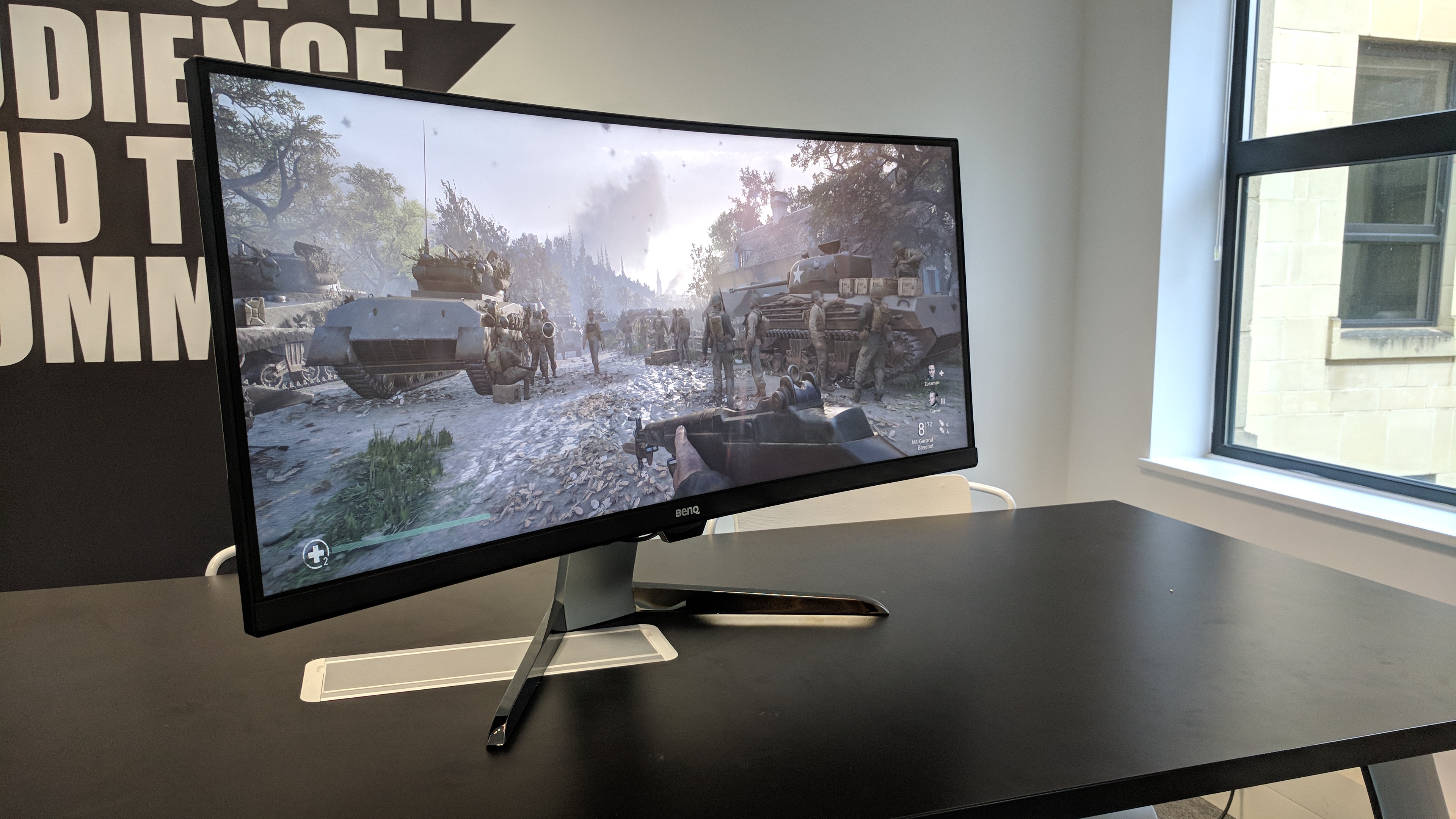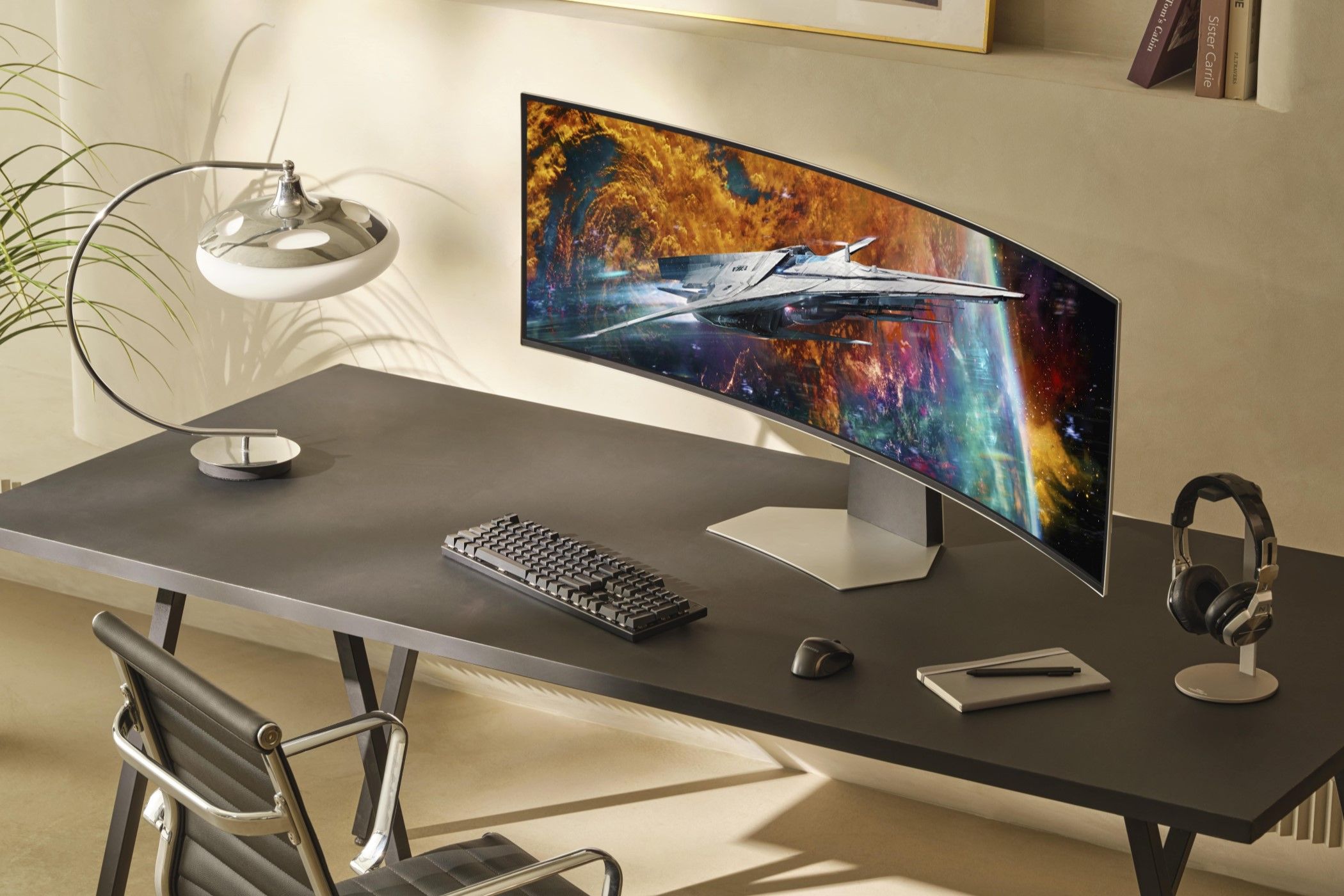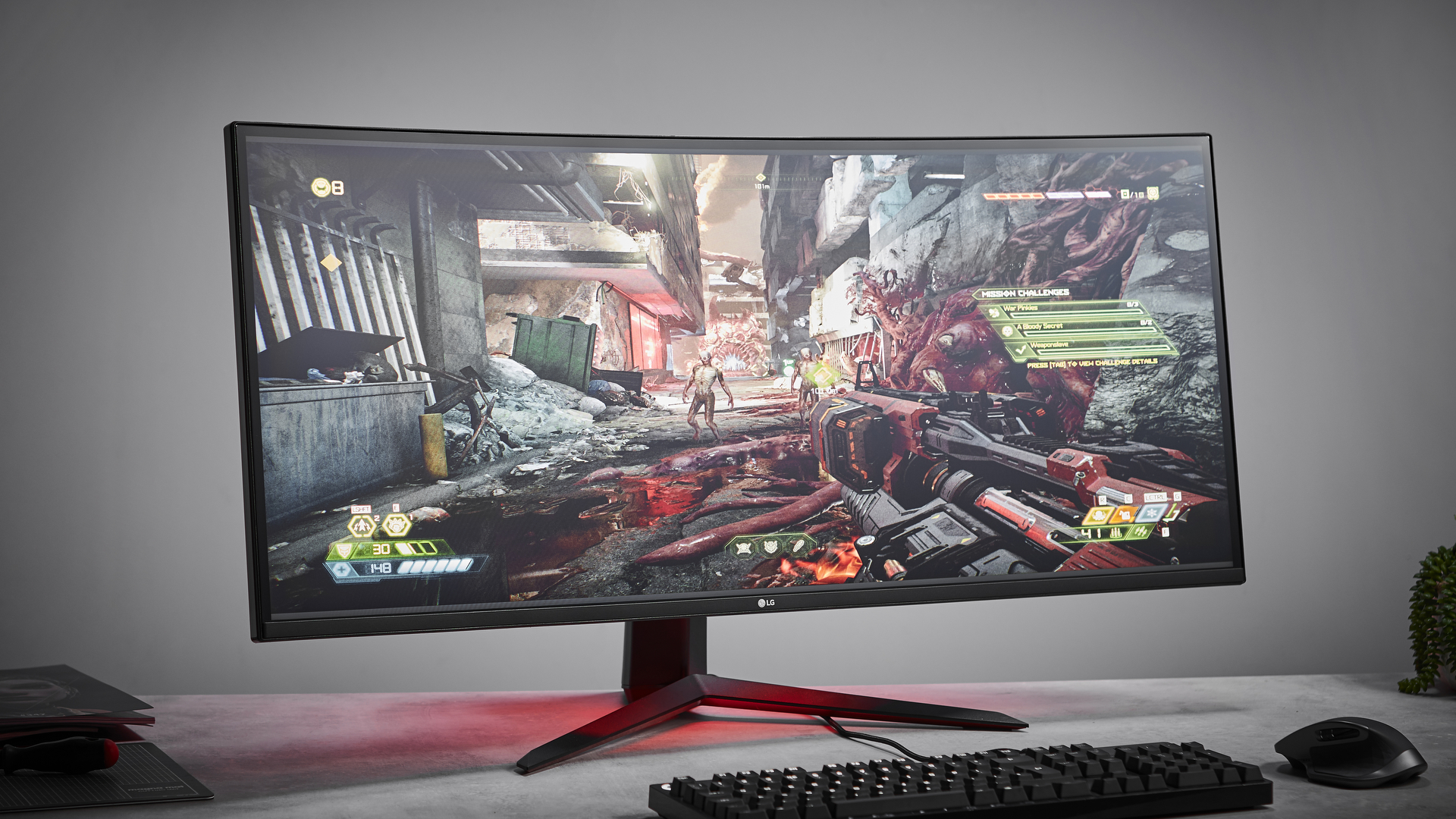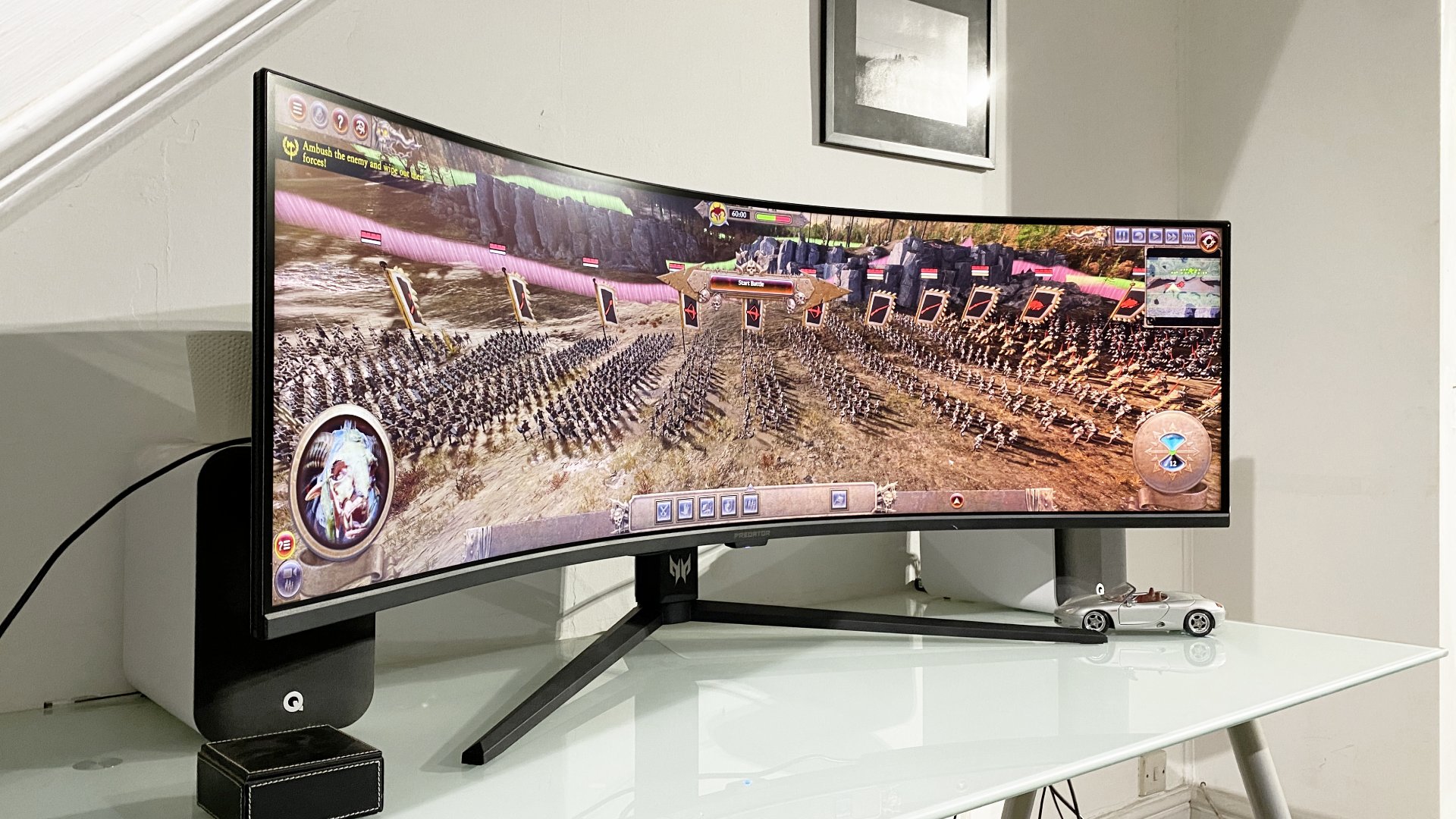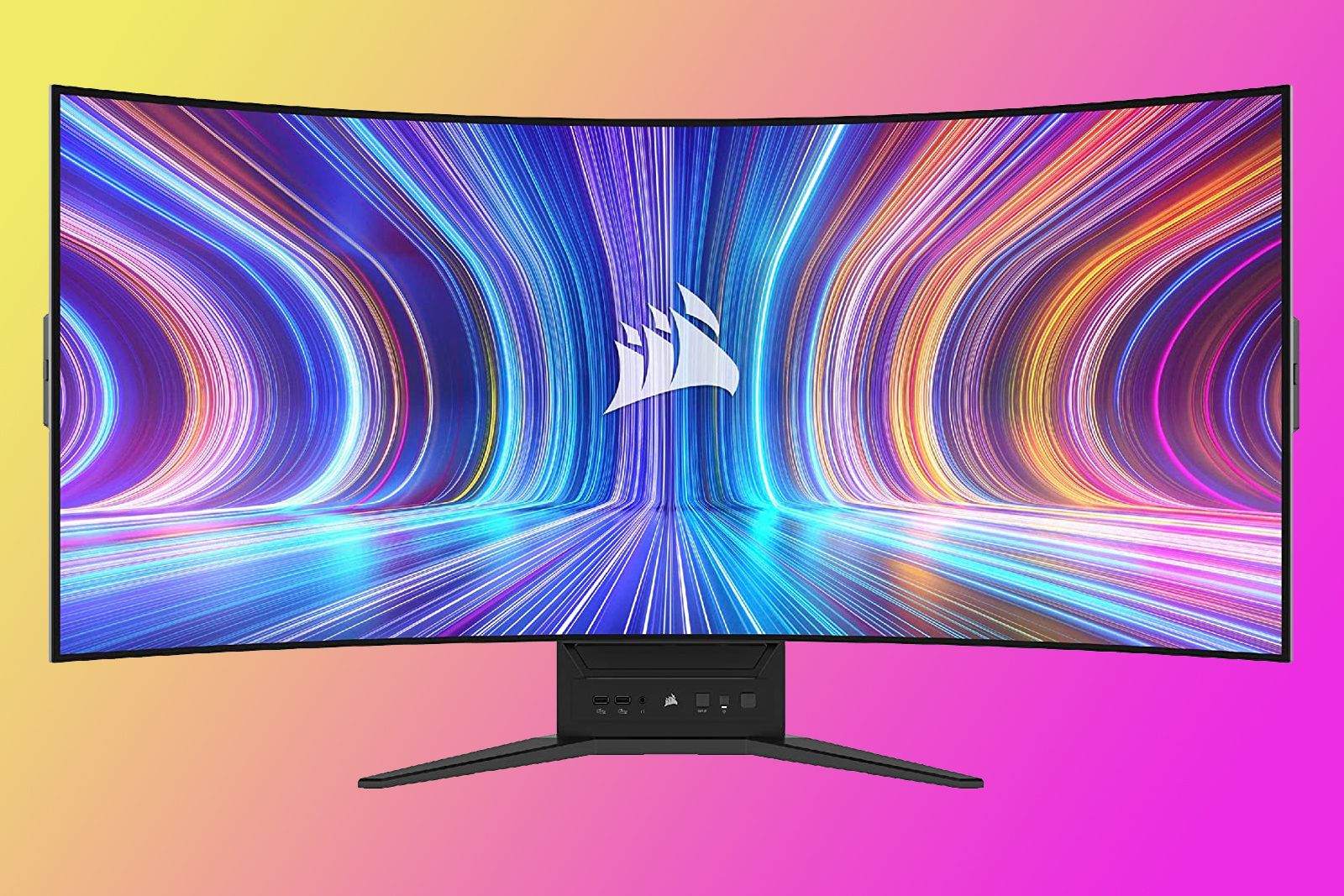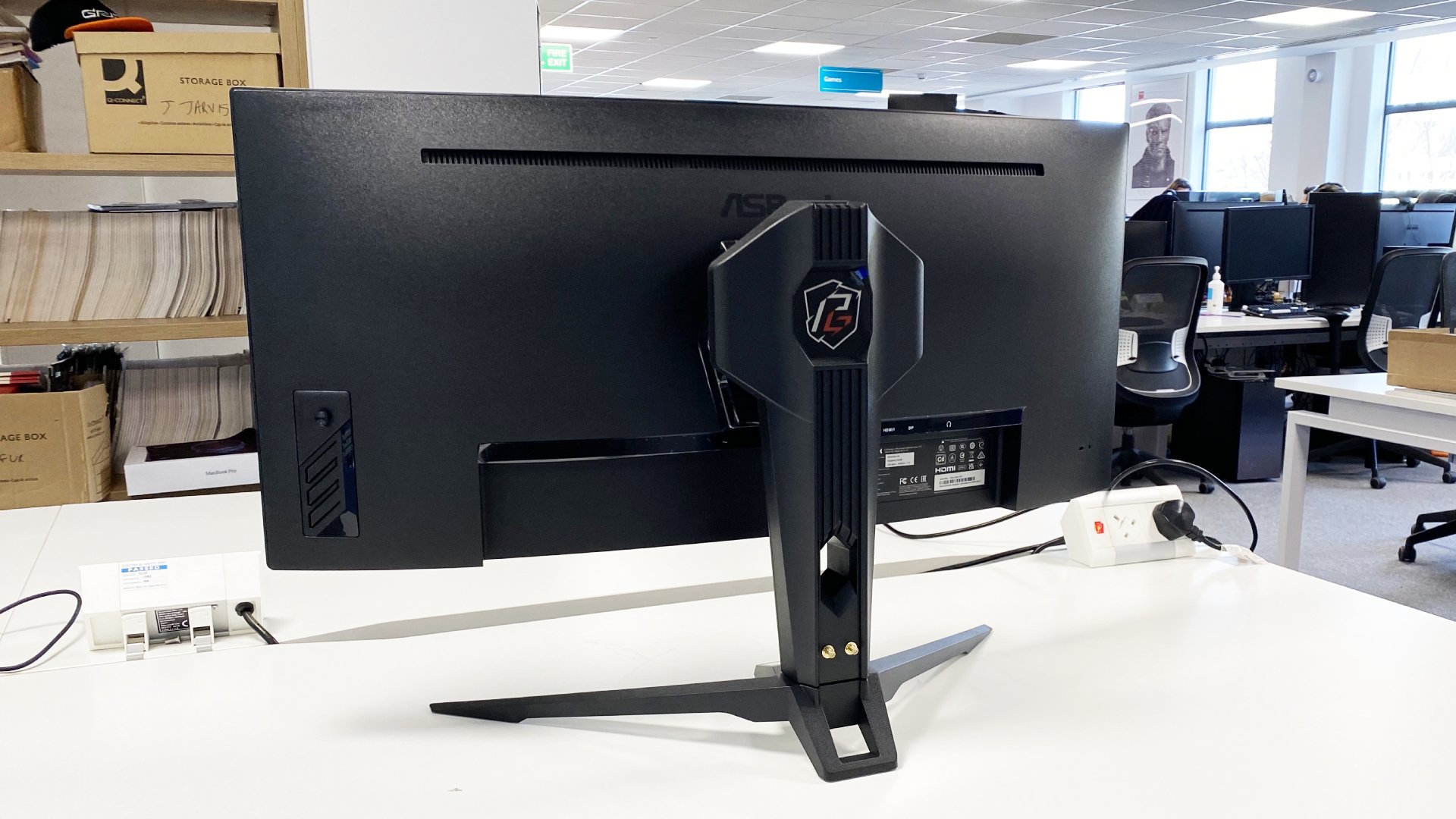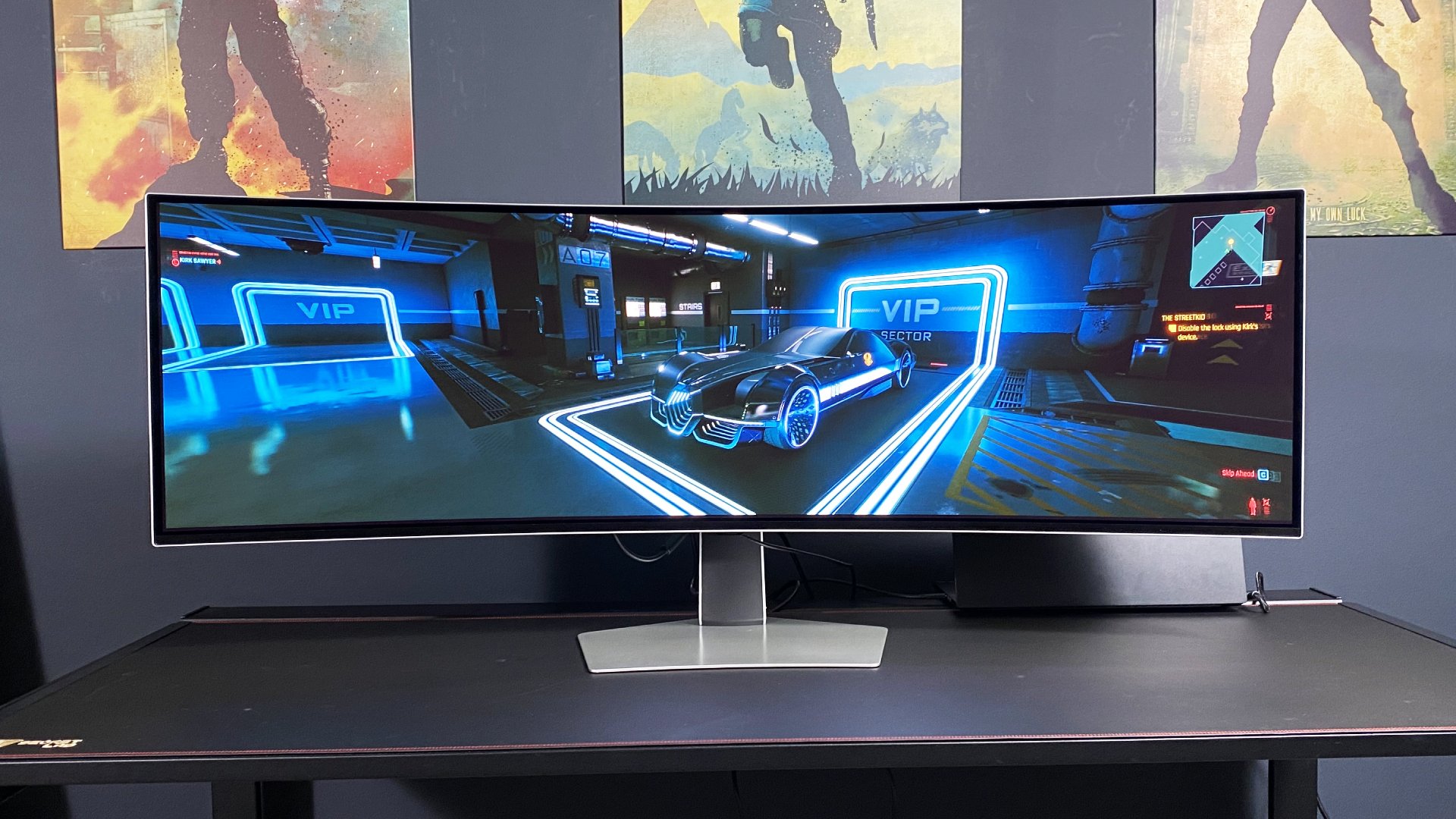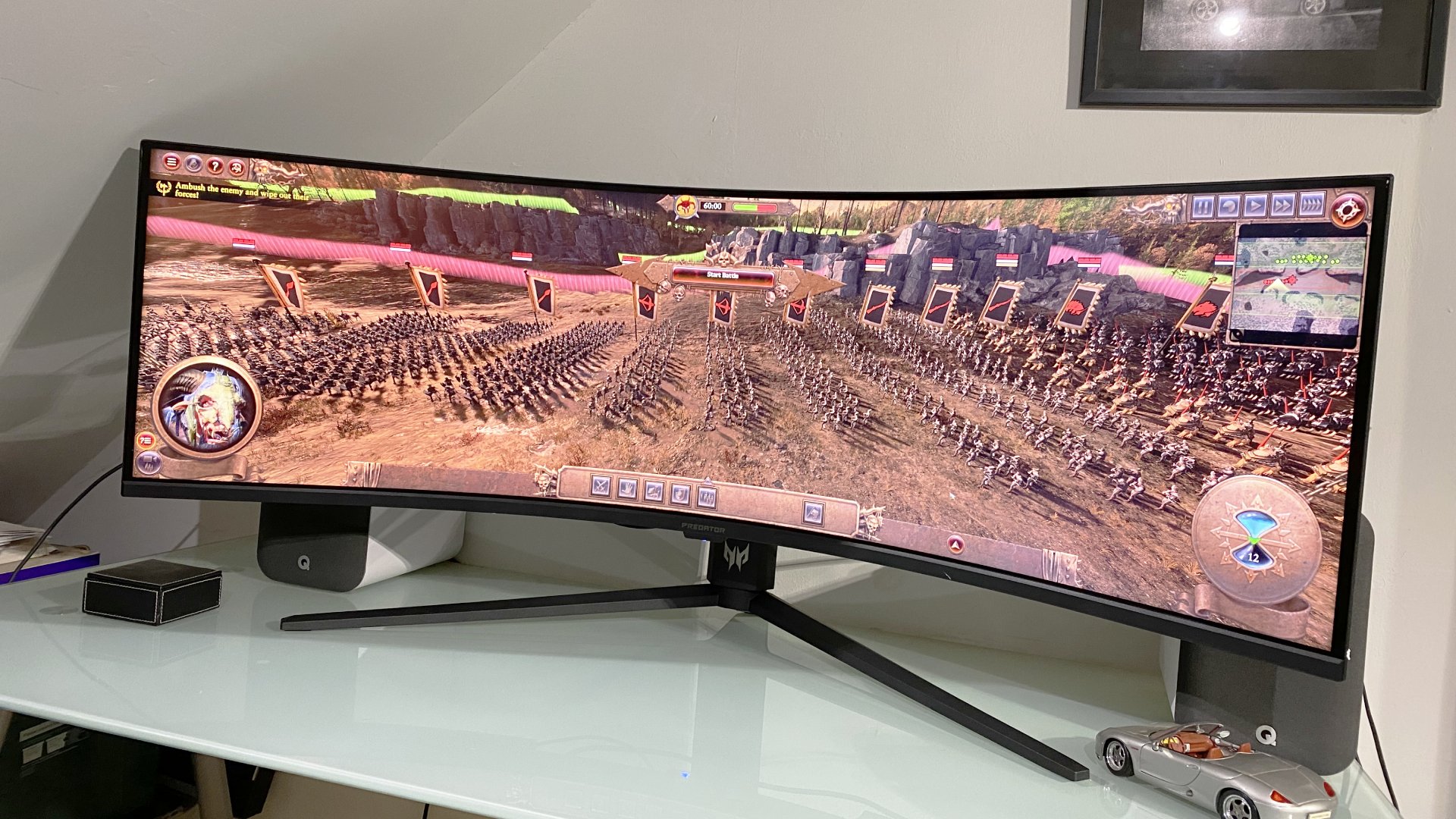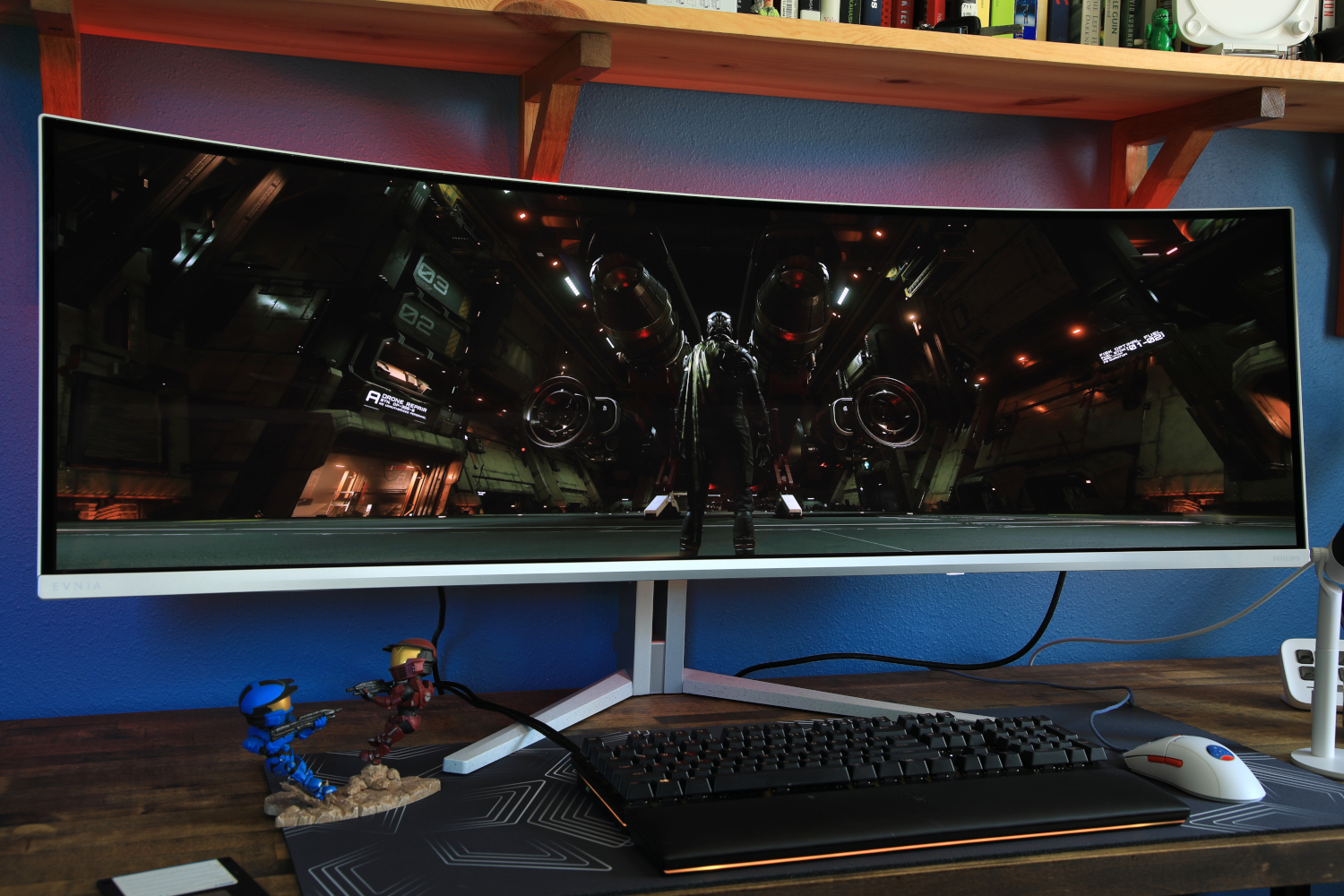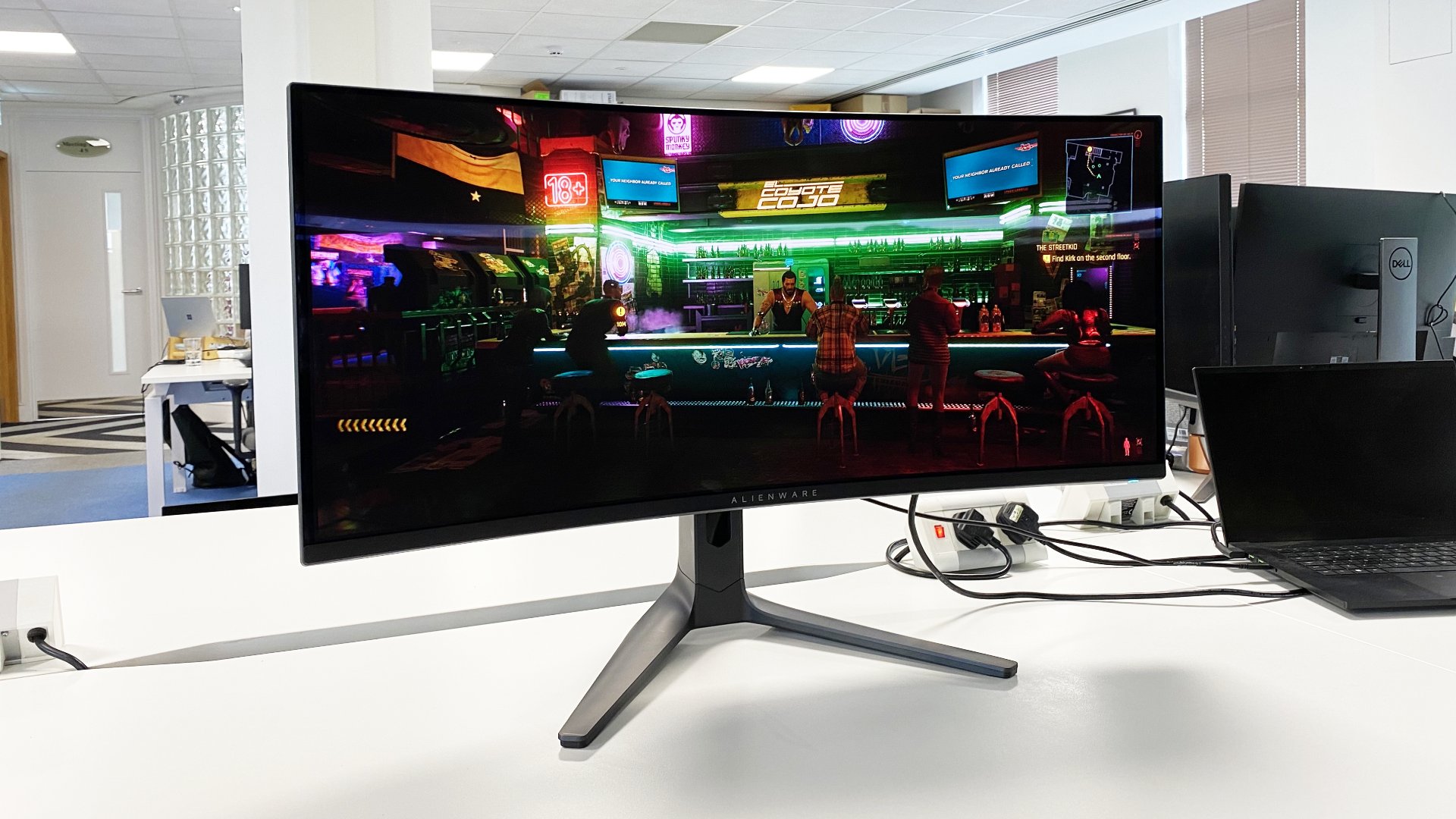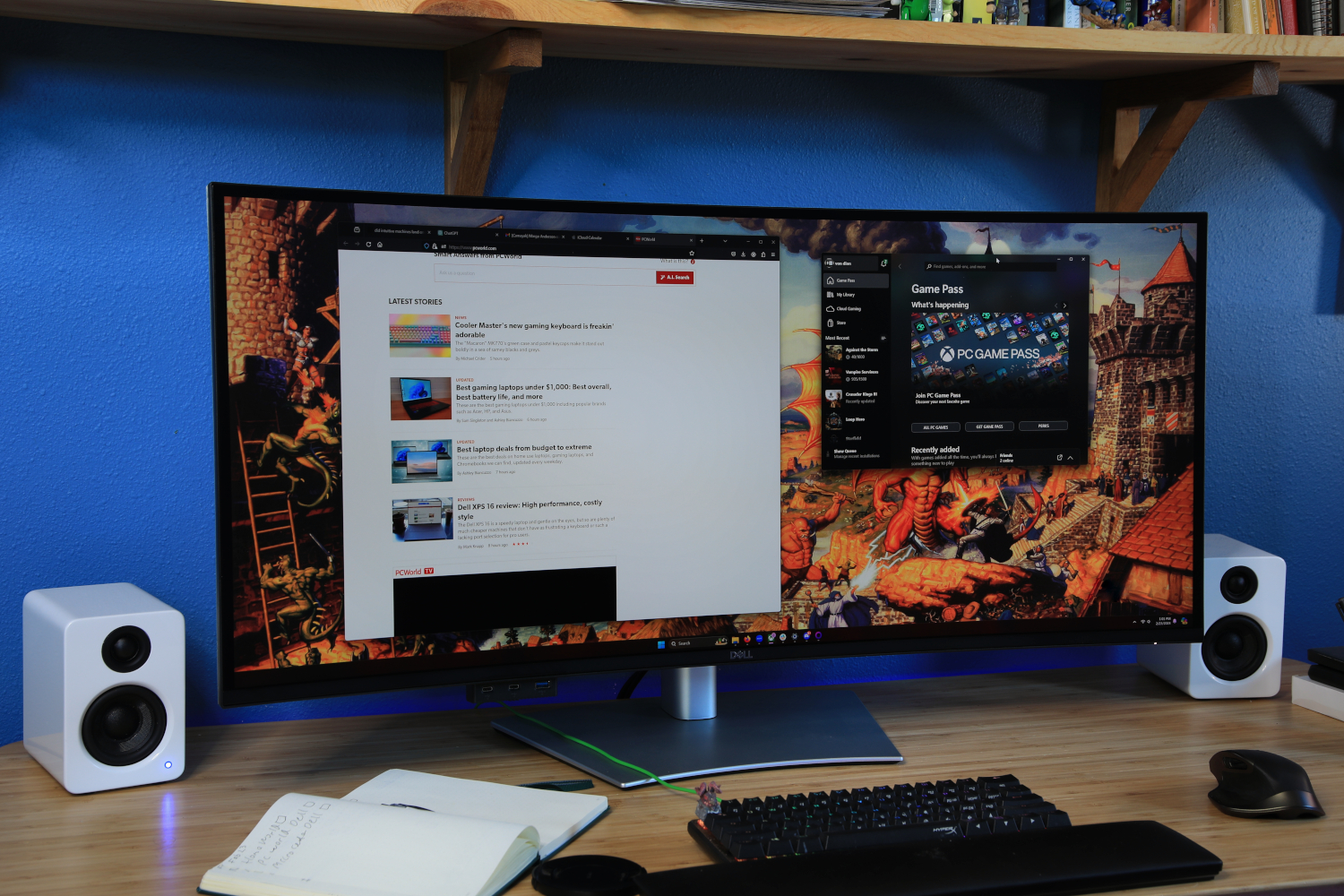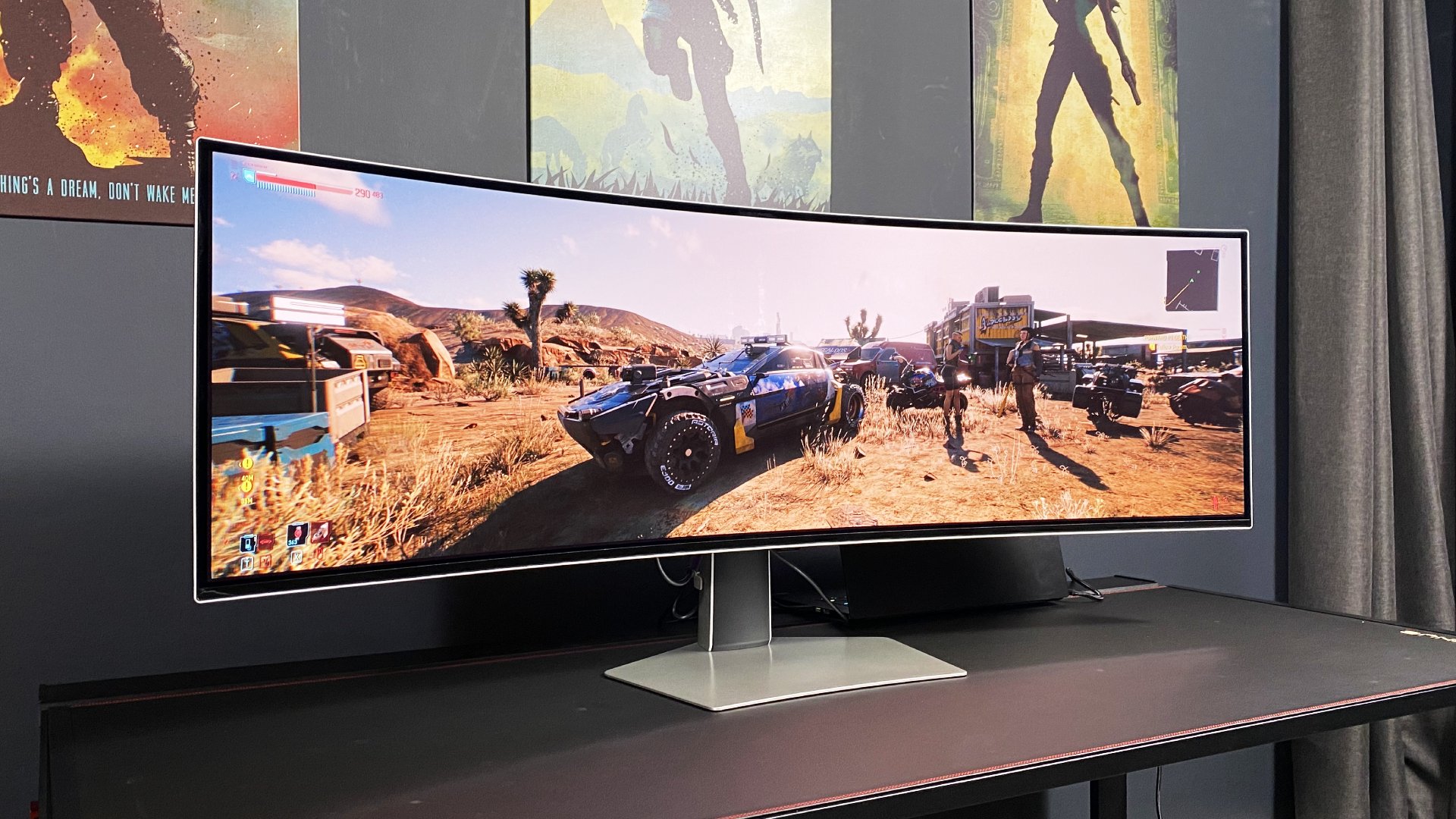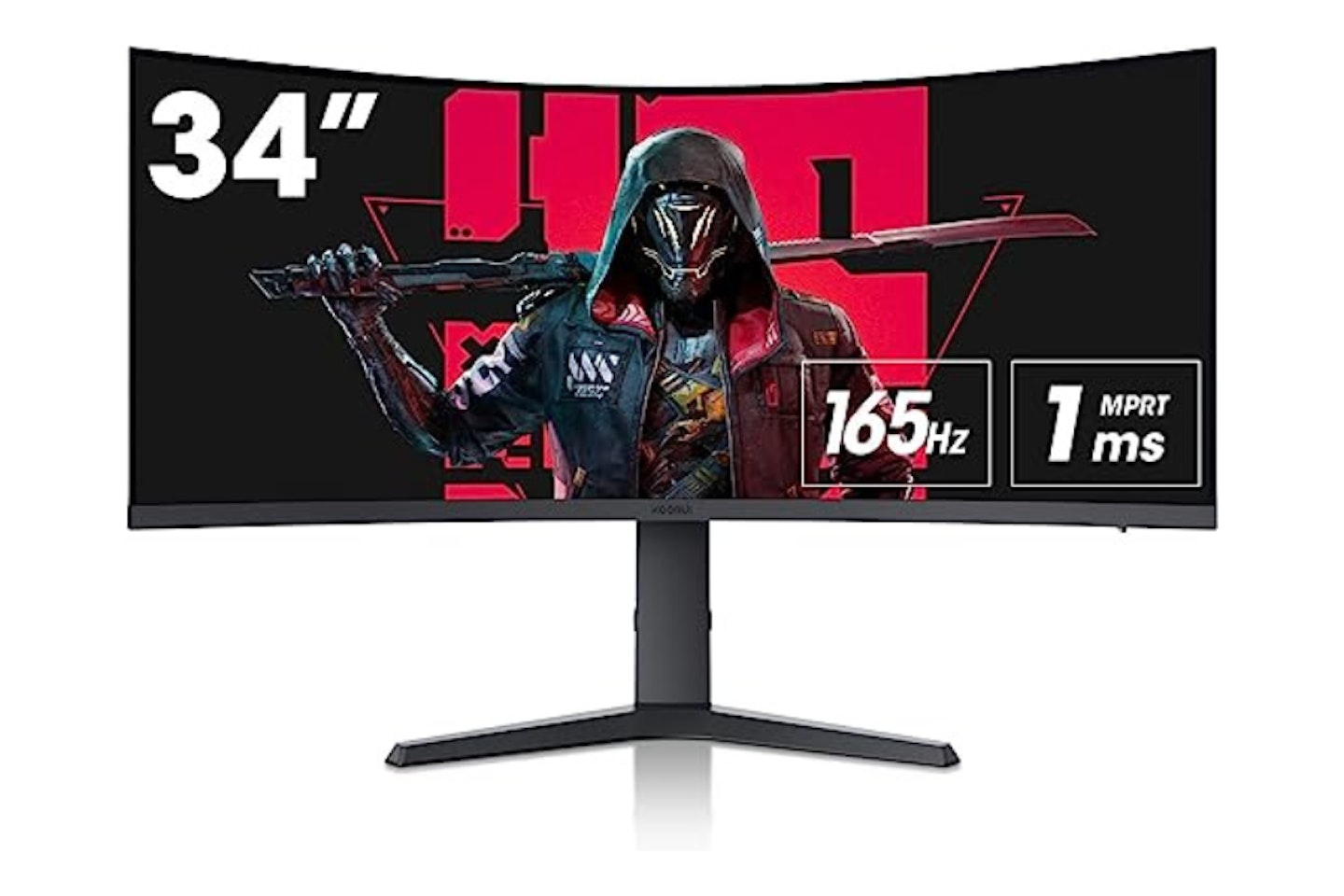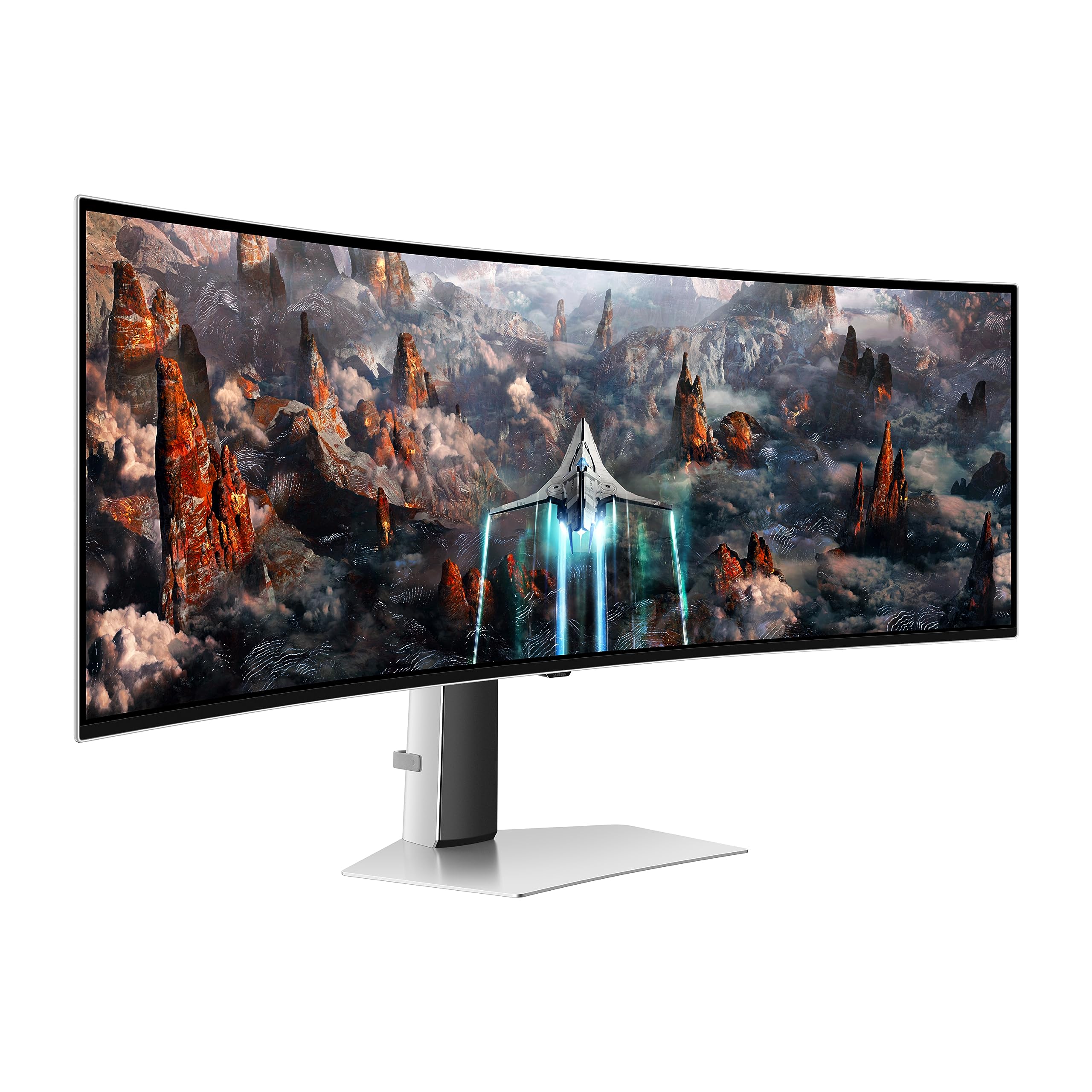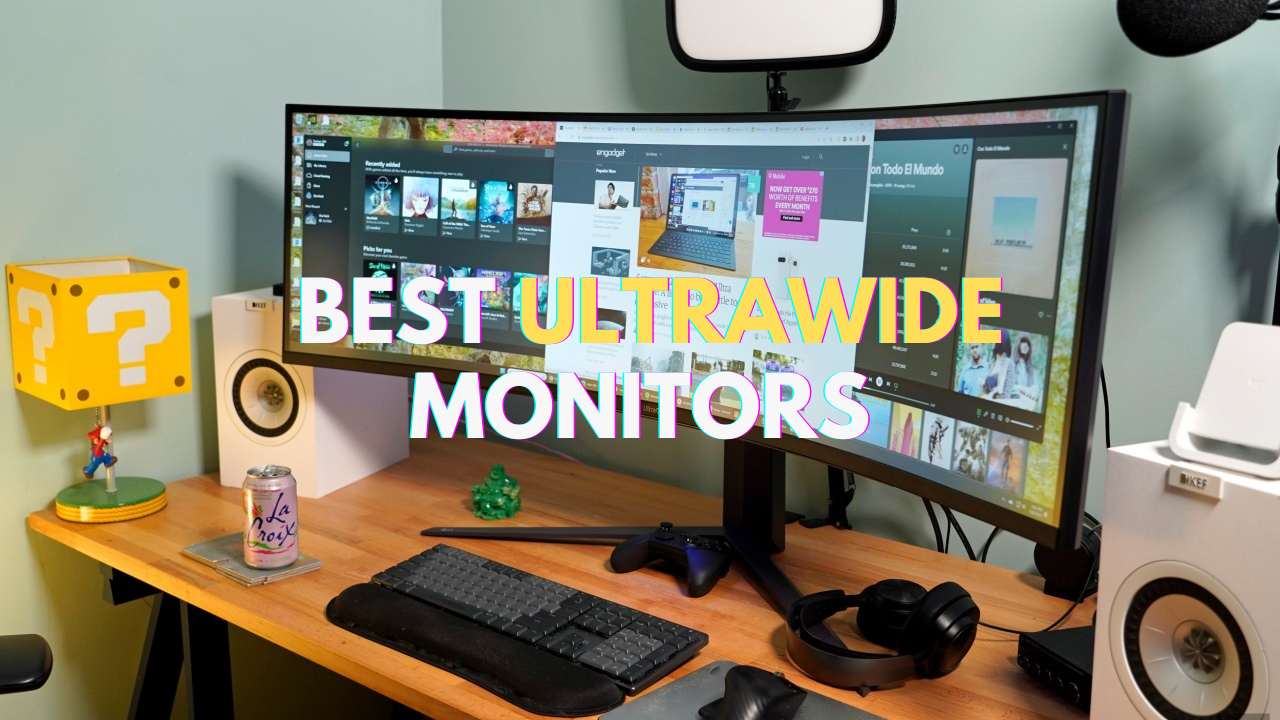Best Ultrawide Monitor Under 1000
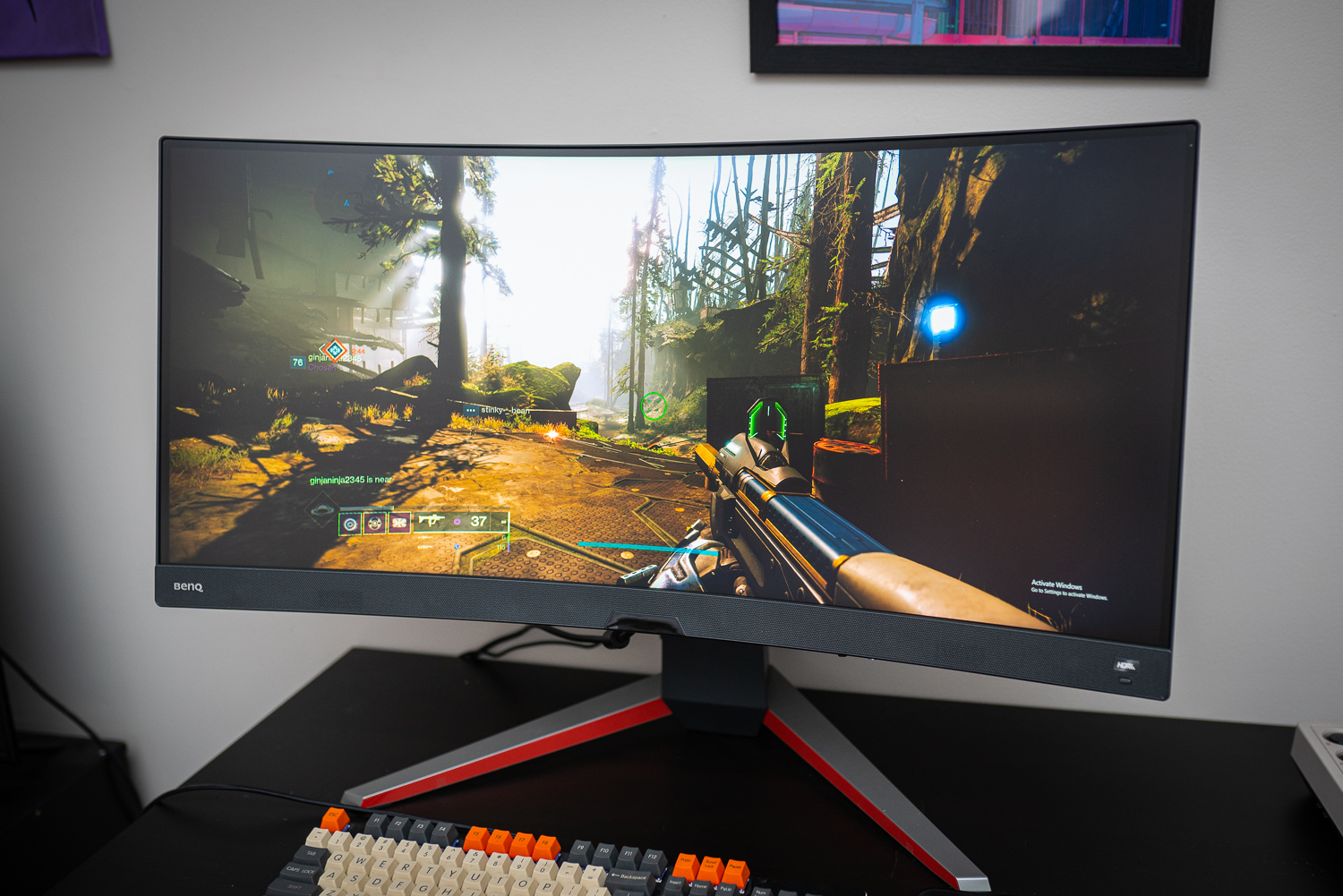
For value-conscious shoppers seeking an immersive experience, an ultrawide monitor offers a compelling blend of productivity and entertainment. Stepping into the ultrawide world doesn't have to break the bank. This article dissects the best ultrawide monitors under $1000, providing clarity and guidance for making the right choice.
Why Ultrawide Matters
Ultrawide monitors offer a significantly wider aspect ratio than traditional displays, enhancing multitasking capabilities. This expanded screen real estate reduces the need for constant window switching, boosting productivity. Gamers benefit from a more immersive and panoramic view, drawing them deeper into the game world.
Shortlist: Top Ultrawide Monitors Under $1000
Here's a curated list of ultrawide monitors, catering to diverse needs and budgets:
- Best Overall: LG 34GN850-B
- Best Value: Gigabyte M34WQ
- Best for Gaming: Acer Predator X34 GS
- Best for Productivity: Dell UltraSharp U3421WE
Detailed Reviews
LG 34GN850-B
The LG 34GN850-B stands out with its Nano IPS panel, delivering vibrant colors and wide viewing angles. Its 144Hz refresh rate (overclockable to 160Hz) and 1ms response time make it ideal for gaming. Nvidia G-Sync Compatible and AMD FreeSync Premium Pro support ensure tear-free gaming.
The monitor also features excellent color accuracy, making it suitable for content creation. However, its price point is towards the higher end of the under $1000 range.
Gigabyte M34WQ
The Gigabyte M34WQ offers a compelling balance of performance and affordability. Its 34-inch VA panel provides good contrast and decent color accuracy. With a 144Hz refresh rate and 1ms response time, it's a capable gaming monitor.
It also boasts features like AMD FreeSync Premium and a built-in KVM switch for added convenience. While not as color-accurate as the LG, it's an excellent value proposition.
Acer Predator X34 GS
The Acer Predator X34 GS is designed for gamers seeking an immersive experience. Its curved 34-inch IPS panel offers a wide field of view and good color reproduction. A 180Hz refresh rate (overclocked) and 0.5ms response time ensures smooth, responsive gameplay.
Nvidia G-Sync Compatible eliminates screen tearing. The aggressive design and customizable RGB lighting add to its gaming appeal. However, the design might not appeal to everyone.
Dell UltraSharp U3421WE
The Dell UltraSharp U3421WE is geared towards productivity, offering a clean design and a focus on ergonomics. Its 34-inch IPS panel delivers accurate colors and wide viewing angles. The built-in USB-C hub simplifies connectivity.
It provides power delivery to laptops and other devices. While its refresh rate is limited to 60Hz, it's more than adequate for office tasks and content creation. It also includes features like Picture-by-Picture (PBP) and Picture-in-Picture (PIP).
Side-by-Side Specs Table
Below is a comparison table to help you easily compare the specifications of these monitors:
| Monitor | Panel Type | Resolution | Refresh Rate | Response Time | Sync Technology | Price (Approx.) | Gaming Score (out of 5) | Productivity Score (out of 5) | Color Accuracy Score (out of 5) |
|---|---|---|---|---|---|---|---|---|---|
| LG 34GN850-B | Nano IPS | 3440x1440 | 144Hz (160Hz OC) | 1ms | G-Sync Compatible, FreeSync Premium Pro | $800 | 4.5 | 4 | 5 |
| Gigabyte M34WQ | VA | 3440x1440 | 144Hz | 1ms | FreeSync Premium | $450 | 4 | 3.5 | 3.5 |
| Acer Predator X34 GS | IPS | 3440x1440 | 180Hz (OC) | 0.5ms | G-Sync Compatible | $700 | 5 | 3 | 4 |
| Dell UltraSharp U3421WE | IPS | 3440x1440 | 60Hz | 8ms | None | $600 | 2 | 5 | 4.5 |
Practical Considerations
Beyond specifications, consider your primary use case. Gamers should prioritize high refresh rates and low response times. For productivity, color accuracy and ergonomics are paramount.
Connectivity options, such as USB-C, can also significantly impact your workflow. Desk space is another important factor; ultrawide monitors require more room than standard displays.
Panel technology also impacts image quality. IPS panels are known for their accurate colors, VA panels for their high contrast ratios, and TN panels for their fast response times (though TN is less common in the ultrawide space).
Summary
Choosing the best ultrawide monitor under $1000 depends heavily on your individual needs and priorities. The LG 34GN850-B offers excellent all-around performance. The Gigabyte M34WQ represents fantastic value. The Acer Predator X34 GS is perfect for gaming, while the Dell UltraSharp U3421WE excels in productivity.
Carefully consider the factors discussed – refresh rate, response time, color accuracy, connectivity, and ergonomics. Making an informed decision will ensure you get the most out of your ultrawide monitor investment.
Take Action
Ready to upgrade your viewing experience? Dive deeper into the specifications of each monitor and read user reviews. Use the information provided in this guide to confidently choose the ultrawide monitor that best fits your needs and budget. Click the affiliate links to check prices and availability.
Frequently Asked Questions (FAQ)
What is the ideal screen size for an ultrawide monitor?
For most users, a 34-inch ultrawide is a sweet spot, providing ample screen real estate without being overwhelming. However, if you have the desk space, a 38-inch or larger model can provide an even more immersive experience.
Do I need a powerful graphics card for an ultrawide monitor?
Yes, driving a 3440x1440 resolution requires a decent graphics card, especially for gaming. A mid-range to high-end GPU is recommended to achieve playable frame rates.
What is the difference between G-Sync and FreeSync?
Both G-Sync and FreeSync are adaptive sync technologies that eliminate screen tearing. G-Sync is Nvidia's proprietary technology, while FreeSync is AMD's open-source alternative. Many monitors are now G-Sync Compatible, meaning they work with Nvidia GPUs using the FreeSync standard.
Is a curved ultrawide monitor better than a flat one?
Curved ultrawide monitors offer a more immersive experience, wrapping around your field of view. They can also improve viewing angles and reduce distortion. The choice is subjective and depends on personal preference.
Can I use an ultrawide monitor for work?
Absolutely! Ultrawide monitors are excellent for multitasking and productivity. The extra screen real estate allows you to have multiple windows open side-by-side, improving workflow efficiency.
